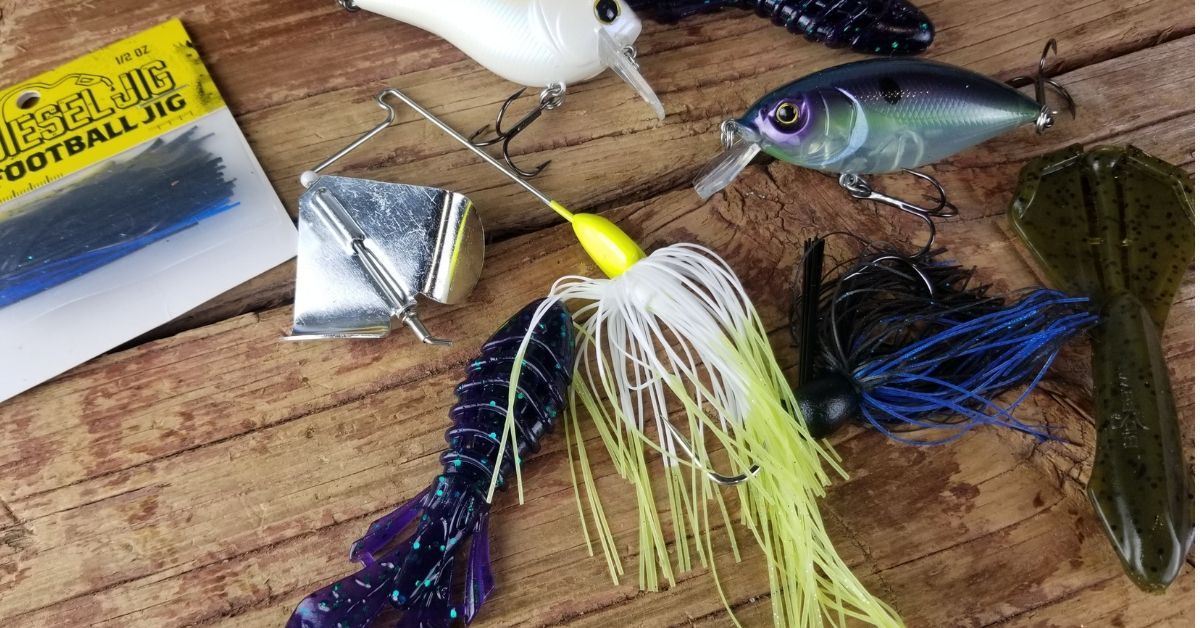
4 Dominant Bass Baits For Fishing Muddy Water
|
|
Time to read 1 min
|
|
Time to read 1 min
Think big, flashy, and noisy when selecting lures to catch bass on muddy water lakes. A bass’ sight is hindered in murky water, so the fish has to rely on its other senses to hone in on prey.
Bass are equipped with a lateral line that works like an ear and detects vibrations resulting from water displacement. So big lures that create lots of flash are easier for bass to see and lures that create plenty of noise and vibration allow bass to detect the commotion through the fish’s lateral line.
Here are four baits you should try for catching bass in muddy lakes.
Bass usually remain shallow most of the time in muddy lakes and when the water is warm the fish will smash a buzz bait. This noisy topwater mimics either shad skipping along the surface or a fleeing duckling.
The best buzz baits either clack or squeak loudly making it easier for the bass to target in the dirty water.
After a cold front, bass on muddy lakes will pull tight to cover so a 1/2-ounce flipping jig matched with a magnum-sized craw or plastic chunk is ideal for pitching to these fish.
Bass want something slow moving after a front and the flipping jig and its trailer projects a larger profile for bass to see and displaces more water than a standard jig allowing bass to detect the lure better with its lateral line.
Inserting a rattle into the plastic trailer increases the lure’s noise-making potential.
The bulky profile and tantalizing tentacles and flappers of a creature bait makes it a dual threat for bass on muddy lakes. The flappers and tentacles create a lot of flash and vibration for bass to hone in on in the low-visibility water.
You can either flip the creature bait on a Texas rig into heavy cover for inactive bass or cast it on a Carolina rig for bass holding on flats, humps or points.
This lure creates a lot of flash and vibration for bass in muddy lakes as the crankbait wobbles through the water at a medium pace. It is also great for running at high speeds to crash into rocks, stumps and logs.
The flash it creates as the crankbait deflects off of an object usually triggers a strike from bass holding tight to the cover.



